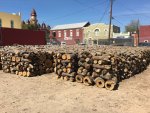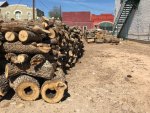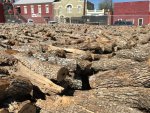John K BBQ
TVWBB All-Star
I'm curious to see what others think about "shelf life" of smoke wood, and if there is variation in smoke wood quality. Last weekend I smoked some baby backs and used what I admit was a pretty old bag of cherry wood chunks. While the ribs turned out OK, they didn't have much smoke flavor. During the cook, we didn't see or smell much smoke, although I did add about 3 to 4 new chunks during the cook, positioning the chunks in the "hot spots" so in theory they would start smoking. These chunks also came from a big-box store, and I think were "Western Brand". The chunks were stored in a dry patio box, probably for a couple of years. I've watched some of Aaron Franklin's videos, and he makes a pretty big deal about the quality of the wood he uses.
Has anyone had a similar experience, or have an opinion to share? Mr. Franklin has definite opinions about how aged the wood should be, and I think he may be right. Today my assistant pit masters Casey and Calvin are helping me smoke a 4lb chuck roast, and I'm using my favorite brand of pecan chunks. These chunks feel a little heavy for their size (probably fresher wood), and they come from a town < 100 miles away. We'll see how today's cook goes.
Calvin ( My Lab) and Casey (My Golden) are ready to help! Calvin is ready to help. Casey's enthusiasm needs a little work.

Smoker is all ready to light
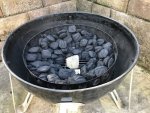
Here's my favorite wood chunks
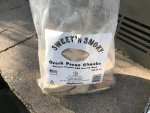
Has anyone had a similar experience, or have an opinion to share? Mr. Franklin has definite opinions about how aged the wood should be, and I think he may be right. Today my assistant pit masters Casey and Calvin are helping me smoke a 4lb chuck roast, and I'm using my favorite brand of pecan chunks. These chunks feel a little heavy for their size (probably fresher wood), and they come from a town < 100 miles away. We'll see how today's cook goes.
Calvin ( My Lab) and Casey (My Golden) are ready to help! Calvin is ready to help. Casey's enthusiasm needs a little work.

Smoker is all ready to light

Here's my favorite wood chunks




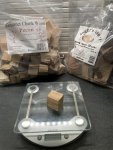
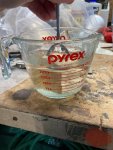

 Smitty's wood
Smitty's wood